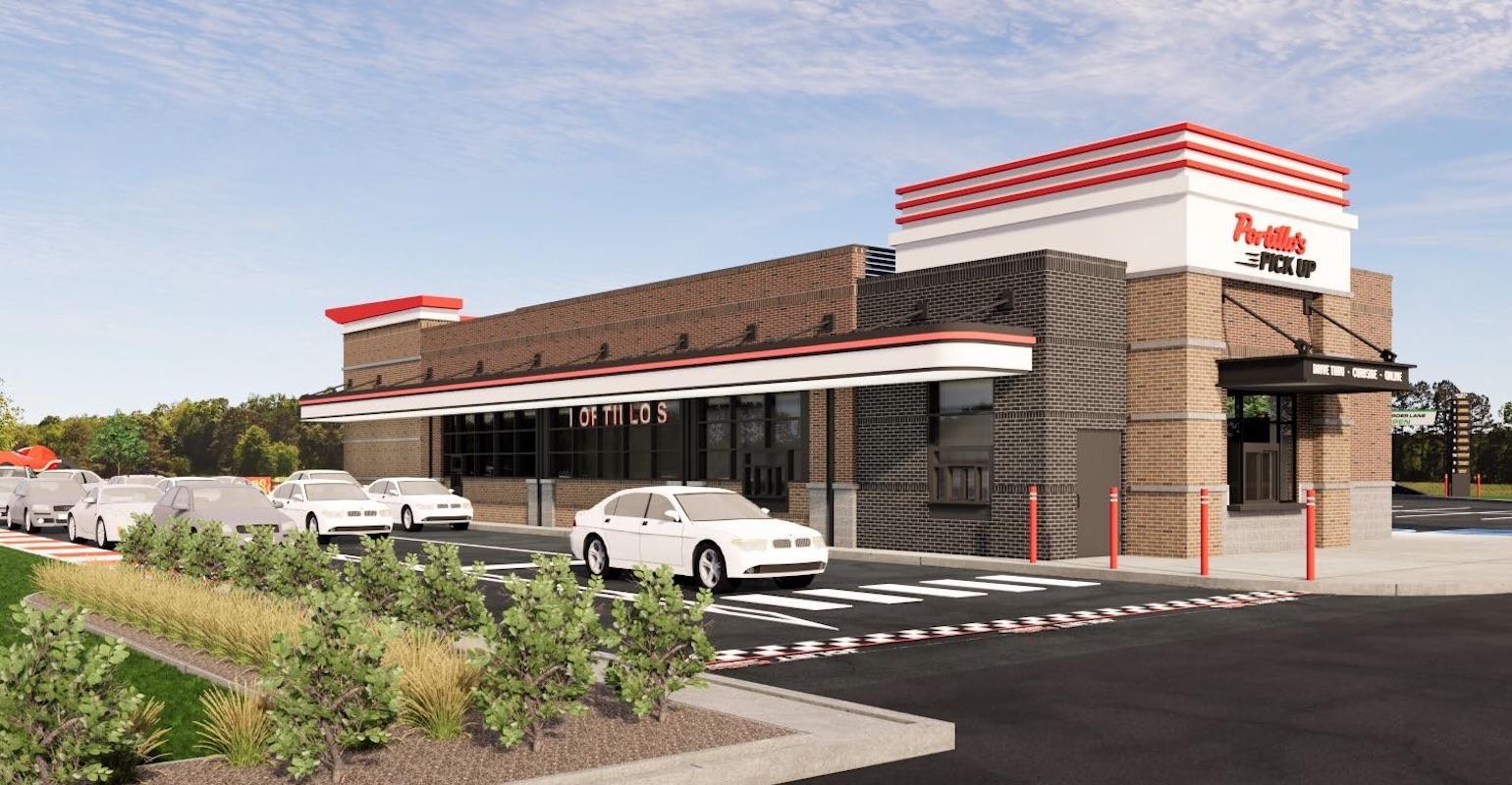Restaurant operators have a lot of emotions about third-party delivery services.
Hate them, love them or tolerate them, there’s no way an operator has neutral feelings about delivery services. Today, they’re the cost of doing business.
Soon, however, that may not be the case. New delivery solutions are popping up from restaurants across the country, while new companies are trying to outsmart the third-party delivery giants — and the stakes couldn’t be higher.
About one in 10 consumers get food delivered via third-party delivery apps, but about one in 10 also get their food delivered via restaurant apps or the restaurant itself, according to Datassential’s “Five in Focus Third Party Delivery” report.
Meanwhile, data from Lisa W. Miller & Associates’ “Journey Back to Joy” survey series found that 59% of consumers were driving less because of surging gas prices, thereby creating more opportunity for delivery. Though restaurants and third-party delivery companies ultimately pay more for the gas, the price isn’t typically pushed onto the consumer in a noticeable way.
The question at hand is how restaurants will facilitate the potential swell in delivery orders.
According to the same research from Datassential, third-party delivery makes up about 20% of all restaurant revenue today. But with restaurants losing much of their margin on third-party fees, their ideal scenario would be to direct delivery to their own apps.
Major companies are investing in innovations that will better help them to facilitate direct delivery. Domino’s, of course, has been a leader in delivery, and is stepping up its investments in technology, particularly as the labor crunch puts pressure on its driver fleet.
Domino’s has been testing delivery robots from Nuro in Houston. These AI robots allow for “piping-hot” deliveries without the use of any labor. (Chipotle also invested in Nuro’s Series C funding.)
In the company’s most recent earnings call, Domino’s leaders defended the brand’s delivery, stating that the company is pushing the delivery driver role as a career during the ongoing labor crunch. In fact, most franchisees or general managers began as drivers themselves, Domino’s pointed out.
However, COVID and the Great Resignation have made it difficult for Domino’s to find drivers, forcing the chain to shorten hours, shut down delivery and even temporarily close some stores in the first quarter.
In the last earnings call, Domino’s CEO Russell Weiner, who took on the role of chief executive in April, said “nothing is off the table” when it came to delivery.
Portillo’s is thinking about delivery in a more hybrid way. The Chicago-based restaurant has taken on an approach that combines both in-house delivery and third-party delivery.
“We’ve leaned into a hybrid model for our delivery. Currently, all deliveries are fulfilled by either our own drivers or third-party partners,” said Dino Northway, director of off-premises dining.
Using in-house team members for the larger orders where they are assured to make a larger tip, Portillo’s is helping its team members achieve more money in-hand while using third-party delivery for the smaller orders that aren’t worth the team members time to deliver.
This system, put into place in July 2020, was implemented when Portillo’s saw delivery double.
“As consumers prioritize new channels, we understand the importance of providing delivery services that both meet our guests wherever they are and maintain the quality and guest experience Portillo’s is known for,” Northway said. “That led us to think about how we own the experience for some of our delivery business.”
 Delivery may be here to stay, but so are fees, something the Portillo’s system is working to reduce. In fact, research from Sense360 shows that 42% of consumers from May 2021 to March 2022 said they wound up not ordering food because they “didn’t want to pay the fees,” followed by “it would take too long to get the food.”
Delivery may be here to stay, but so are fees, something the Portillo’s system is working to reduce. In fact, research from Sense360 shows that 42% of consumers from May 2021 to March 2022 said they wound up not ordering food because they “didn’t want to pay the fees,” followed by “it would take too long to get the food.”
When placing an order for delivery, over 80% of people think the quality will deteriorate after 30 minutes, according to Datassential’s Five in Focus Direct Delivery report. Some 34% think that the quality will deteriorate within 15 minutes.
The skies could provide one solution to that problem.
Flytrex is just drone delivery system that delivers food to customers in under five minutes. In tests in select Texas and North Carolina markets, drone delivery is helping chains that want to cut down on 30-minute delivery times, especially in the suburbs where most restaurants saw huge demand rise during the pandemic.
“The suburbs are a massively underserved market where last-mile costs are more expensive, putting pressure on both the restaurant and the customer, who ends up paying increased fees — add ultrafast delivery to the mix and costs rise even more for grounded delivery,” said Flytrex CEO and co-founder Yariv Bash.

Portillo’s takes an approach that combines in-house delivery and third-party delivery.
As of now, Flytrex has partnered with Brinker to deliver for Chili’s Bar and Grill and It’s Just Wings — the virtual brand — as well as Jersey Mike’s to deliver its subs.
“We believe that providing quality delivery services shouldn’t cut into a business’ profits; they should be a tool for modernization and financial restoration,” Bash said.
But it’s not just restaurants that are innovating. Delivery companies are trying to compete to stay in the game as well. While restaurants are using AI and robots inside restaurants and testing new autonomous vehicles and drones, so are the delivery companies.
Uber began tests for its own autonomous delivery robots in Los Angeles earlier this year, one for the streets and one for sidewalks. They, however, are still in the very early testing phases.




